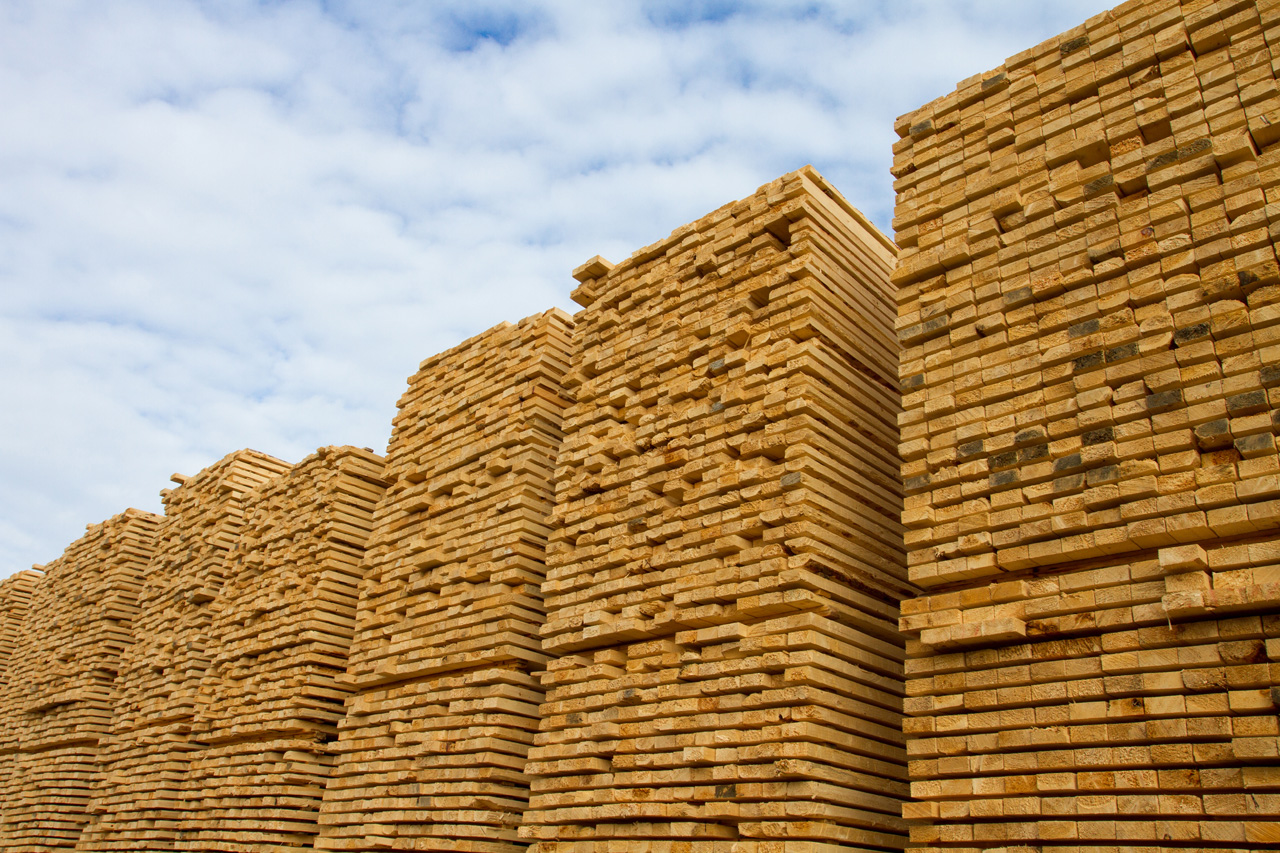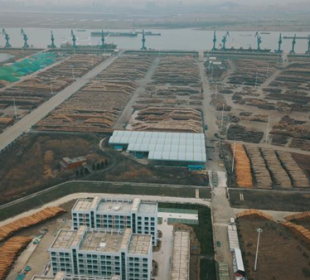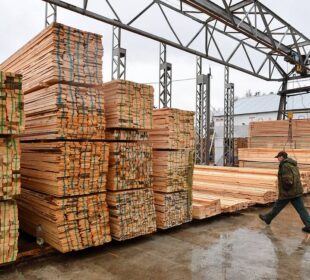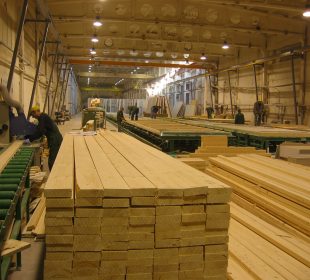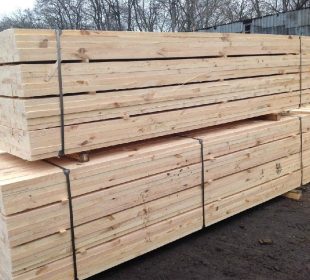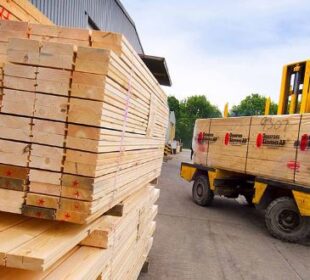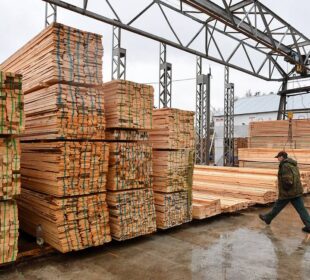There are significant shifts on-going in destinations for EU imports of timber products. After emerging as by the largest single market in the EU for timber products from outside the bloc between 2011 and 2015, the relative importance of the UK eased a little in the 2016 to 2018 period.
The UK’s share of total EU imports of timber products from outside the region declined from a peak of 27.6% in 2015 to 25.0% in 2018.
The UK’s emergence as the leading EU market for external timber suppliers between 2011 and 2015 coincided with relatively strong economic growth in the country and rising consumer demand. This drove a strong increase in imports from outside the EU, particularly wood furniture and plywood from China, and wood furniture from Vietnam.
 There was also a big increase in UK imports of wood pellets, mainly from the U.S., driven by the UK’s climate change commitments which encouraged some large energy suppliers to switch from coal to biomass.
There was also a big increase in UK imports of wood pellets, mainly from the U.S., driven by the UK’s climate change commitments which encouraged some large energy suppliers to switch from coal to biomass.
However, between 2016 and 2018, growth in the UK economy slowed, particularly with rising uncertainty over the effects of Brexit, currently scheduled for 29 March 2019 (but may be delayed for at least a few months, although nobody yet knows for sure). The British pound also weakened significantly on foreign exchange markets during this period, dampening import growth.
Against this background, the fact that the Euro value of UK imports from outside the EU remained flat at around 4.9 billion euro between 2016 and 2018 is a positive outcome. During the same period, imports from outside the EU by most other western European countries also remained quite flat.
The Netherlands is an exception, experiencing strong import growth, rising consistently from a low of 1.03 billion euro in 2013 to 1.42 billion euro last year on the back of economic recovery and rising construction activity in the country.
The Netherlands is also playing a larger role as a gateway for imports for distribution throughout the EU. In 2018, there was also a significant recovery in the value of imports of timber products from outside the EU by two countries that formerly were leading players in the global timber trade but have since waned in significance; France (up 8% to 1.62 billion euro), and Italy (up 8% to 1.17 billion euro).
In the case of France, imports increased sharply from China (notably in furniture) in 2018, with gains also made in imports from Vietnam (furniture), Brazil (hardwood decking), and Russia (sawn softwood). For Italy, imports in 2018 increased from Russia (mainly plywood), Ukraine (mainly sawnwood), Bosnia (mainly energy wood), Brazil (softwood plywood), Cameroon (sawnwood) and Myanmar (sawnwood).

